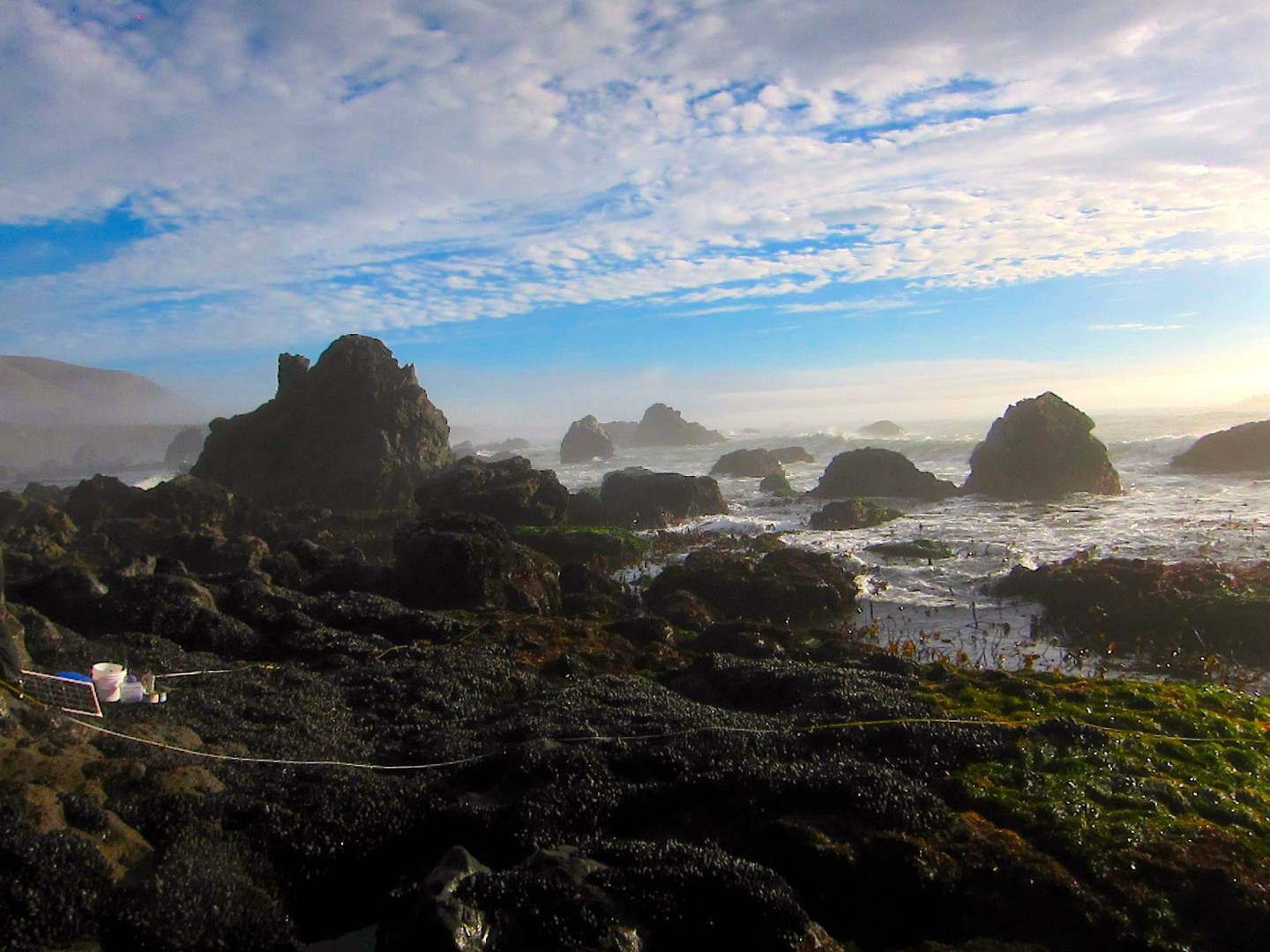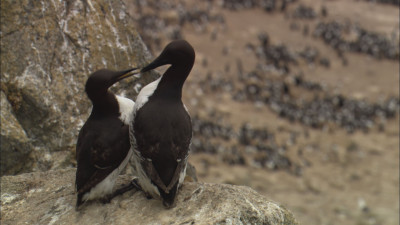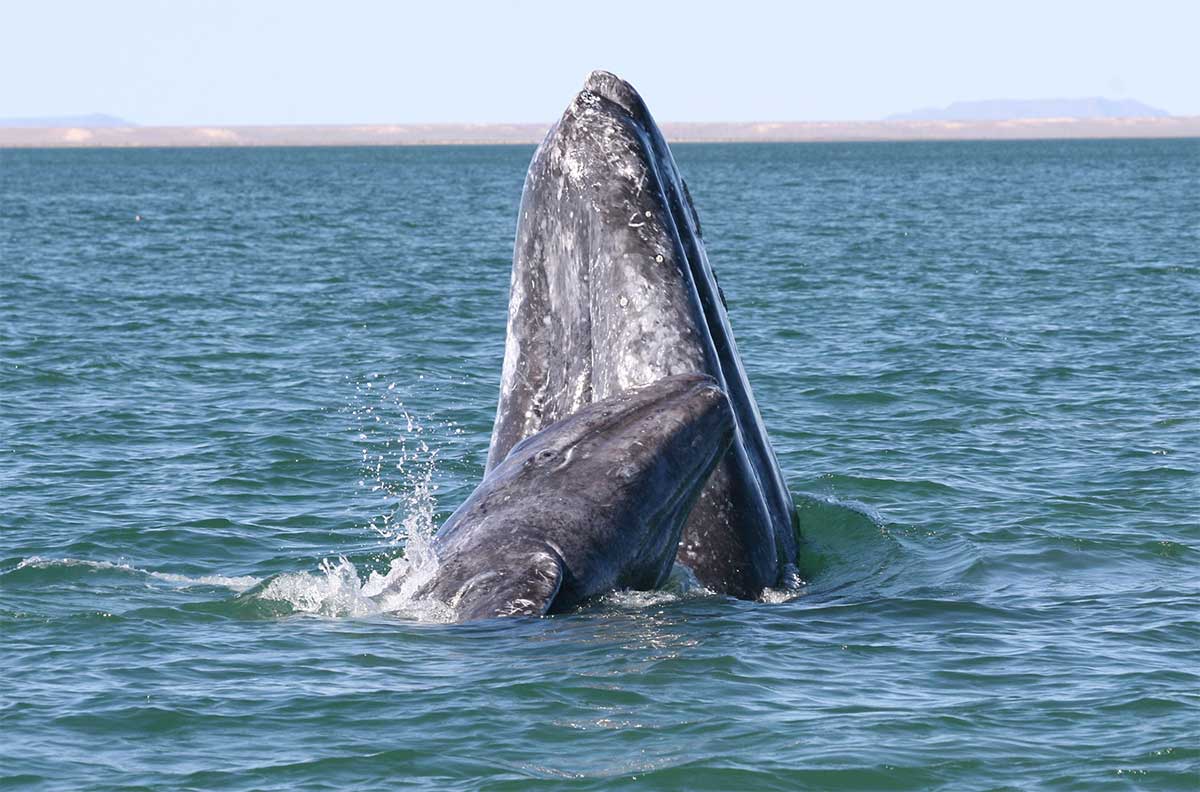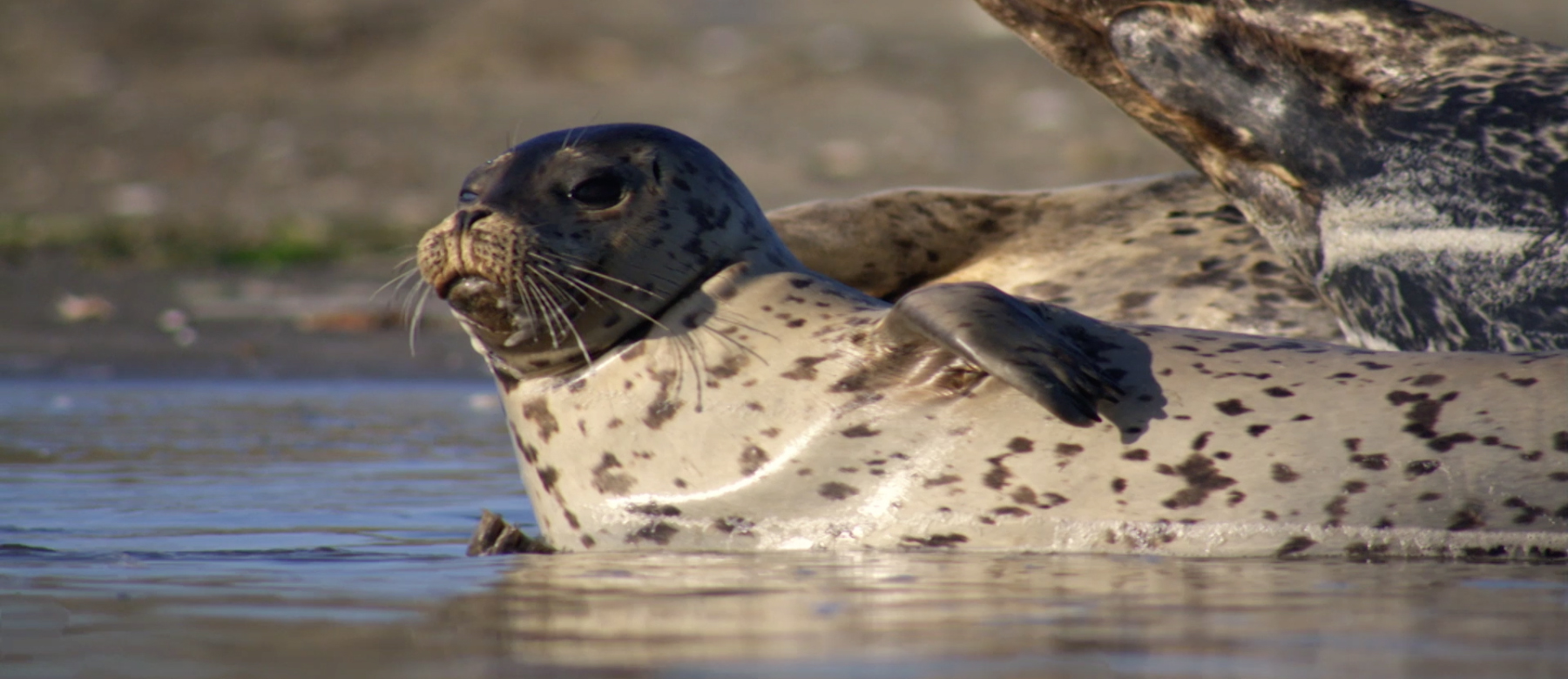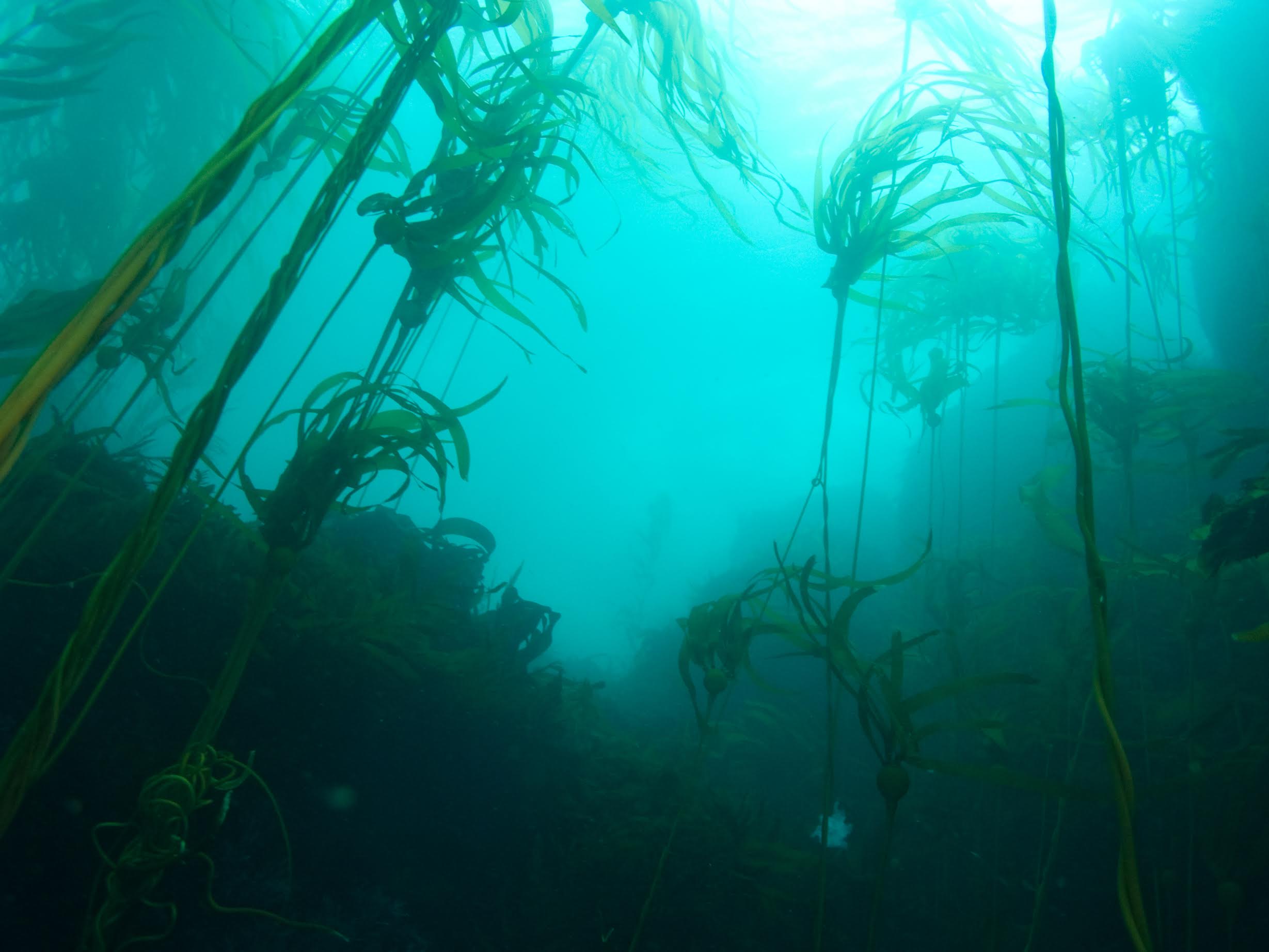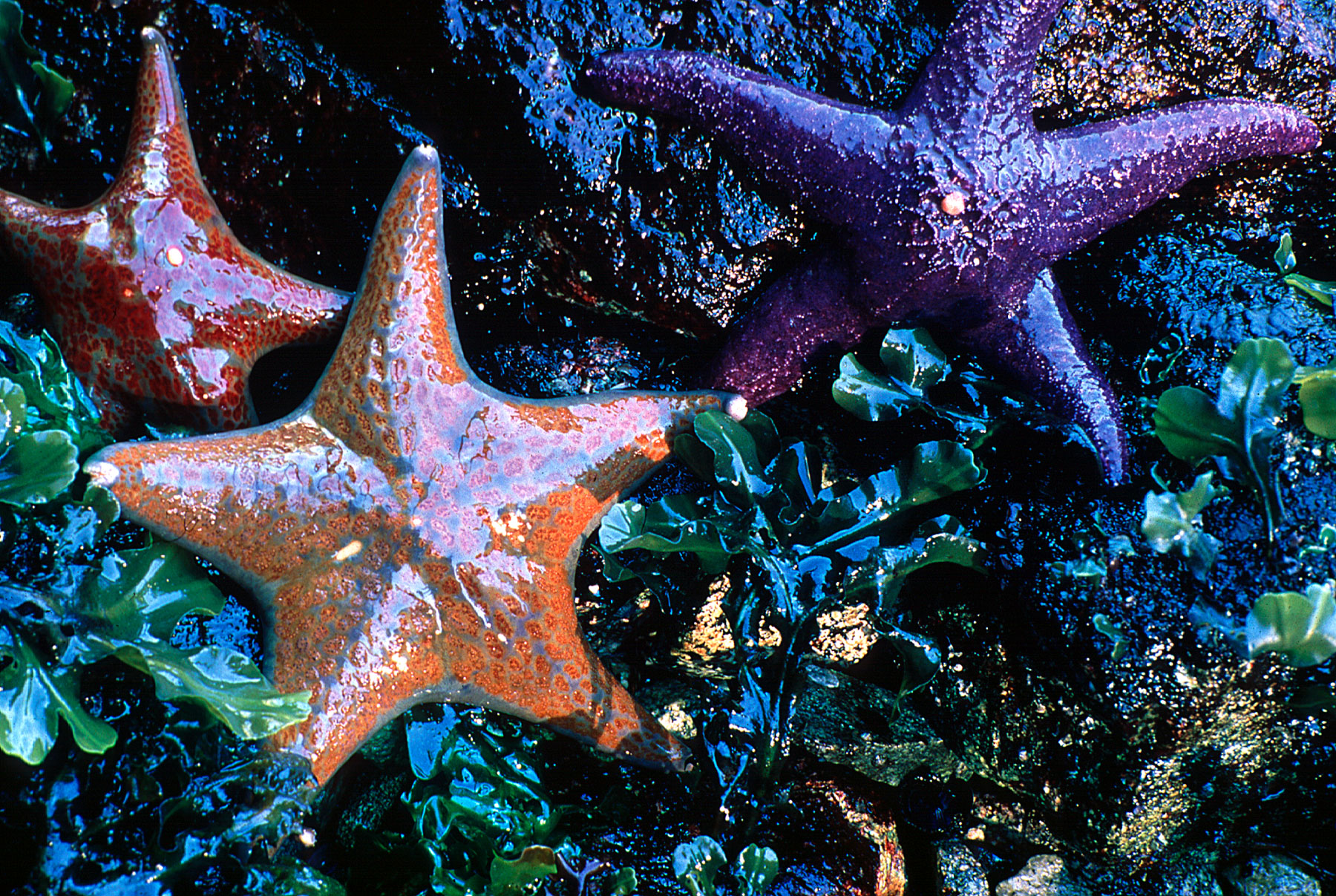Well, at least someone in the Bay Area is getting more housing.
Two marine sanctuaries off the coast of Northern California are more than doubling in size under a federal agency decision announced Thursday.
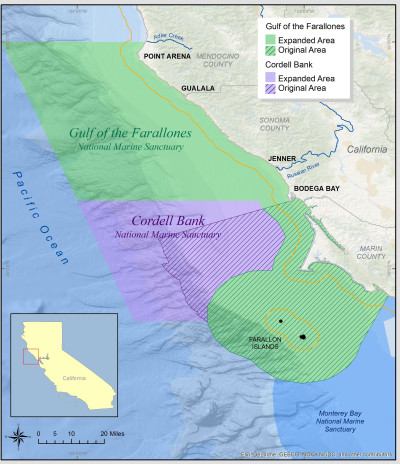
The National Oceanic and Atmospheric Administration announced Gulf of the Farallones National Marine Sanctuary will now extend from south of the islands, whose jagged granite peaks can be seen on the clearest of days from the mainland, to the waters off Point Arena, in Mendocino County. Currently, the northern edge of the protected waters is off Bodega Bay. The Farallones sanctuary will grow from 1,282 square miles to 3,295 square miles.
The adjoining Cordell Bank National Marine Sanctuary, northwest of the Golden Golden Gate, will be extended westward into the Pacific and grown from 529 to 1,286 square miles.
The sanctuary will be off-limits to oil drilling, and large industrial developments cannot set up shop along the coastline to use ocean water. In total, more than 2,700 square miles are being added to sanctuaries.
